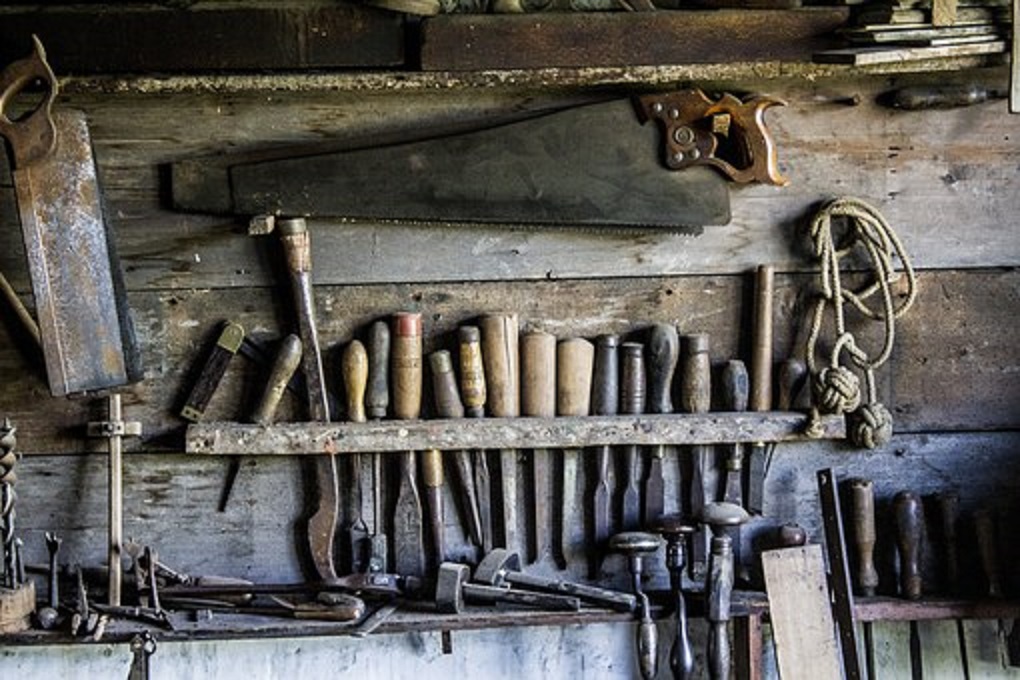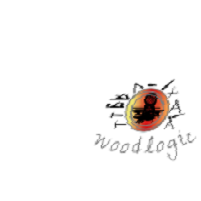Chisels and Planes what are they go for???
Chisels; types and their uses.
-
- Firmer chisel;made of solid steel construction and has square edges with hardwood handles used for heavy-duty woodworking tasks typically struck with a hammer or large mallet.
- Mortise chisel; has thick heavy blade designed to withstand prying used to cut mortises, have wooden handles and are struck with a mallet cutting edge is typically ground between 30 to 40 degrees.
- Framing chisel;essentially a wider,longer, and thicker-bladed firmer chisel, have a socket at the handle end of the tool,have wooden handles, that are capped by a metal ring and are typically struck with a large mallet, used in boat building or timber framing cutting edge ground between 25 and 30 degrees.
- Corner chisel;has a cross-section shaped like a right-angled "V". Used for cutting grooves or cleaning up square corners.
- Bench chisel;some what a starter chisel have a medium length blade with beveled edges are most common but can have square edges.
- Butt chisel;named for their primary use of mortising butt hinges and mortising locks in doors can have beveled or sqaure edges.
- Paring chisel; have a long thin blade connected to its handle via a tang, designed to be used by hand never struck with hammer or mallet cutting edge typically ground to between 25 and 25 degrees .
- Dovetail chisel;designed specifically to finish dovetail joints cutting edge ground between 20 and 30 degrees.
- Slick chisel;essential an oversized paring chisel have a baseball-bat like handle used for paring thin slices of wood from a workpiece has a long,wide straight-edged blade and cutting edge is typically ground between 20 to 25 degrees.
- Cranked handle chisel;handle is offset from the line of the blade this allows the blade to be held flat on a work surface without your fingers getting in the way.It can be paring or bench chisels and is used to shave down surfaces,finish joints and create flush surfaces were the use of a plane is not practical.
- Block Plane ;smaller than most planes and are designed to be held in one hand.
- Bench Plane;four types, Jack,Fore,Jointer and Smoothing.Used for reducing workpieces in size,straightening pieces, final straightening of a piece and smoothing of wood workpieces.Longer planes are typically used for straightening wood because it takes off high points and bridges low points,and shorter planes usually used for smoothing.
- Router Plane used for smoothing out recessed panels,cutting grooves and dadoes and adjusting tenons can have a fence to use in guiding the plane.
- Shoulder Plane;like the rebate plane it is used to trim the shoulders and faces of tenons used to trim right into the corner where two surfaces of the same piece of wood meet perpendicularly.
- Panel Scraper;used for finishing flat surfaces or decorative profiles.
- Chisel Plane;is cutting edge is at the very front of the tool.Plane is used to clean out corners on tenons and complex panels.
- Scrub Plane;used for the fast removal of stock to reduce the size of boards or pieces of wood relatively short and narrow body have thick blades to prevent flexing under pressure blade set at a steep angle to aid in removing material from workpiece.
- Radius Plane;removes the sharp corner from the edge of material.
- Finger Plane;typically the smallest of planes used for smoothing small minute areas.
old woodworking tools

images
a sample of George Nakishem's style of woodworking
| Woodworker Name | Style of Woodworking | Tools used by Woodworker |
|---|---|---|
| Sam Maloof | Famous for making chairs that have a sineous line predominately made of hardwoods. | routers,scraper, grinders,drills, riffler files and sanders, Sam personally finished all of the pieces himself. |
| George Nakishema | Worked with large wood slabs, finish typically was kept simple, controlled checking and spliting of slabs with butterfly button inlays, created the concept of the natural or "live" edge. | traditional japenese woodworking tools |
| Roy Underhill | Traditional early American woodworking including tables and chairs. | traditional early turn of the century hand tools and foot treddle powered tools. |
| James Krenov | Built cabinets out of highly figured hardwoods and veneers with sineous legs. | typical modern hand and power tools. |
| Gustav Stickley | produced American Craftsman style furniture that was influenced by Britich Arts and Crafts movement typically made in quarter-sawn white oak. | typical 20th century hand and power tools. |
| Woodworkers like Sam Maloof,George Nakishema,Roy Underhill,James Krenov, and Gustav Stickley; created styles that influenced their generations! | ||
